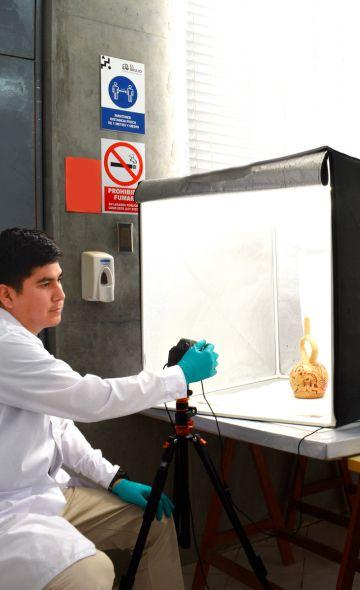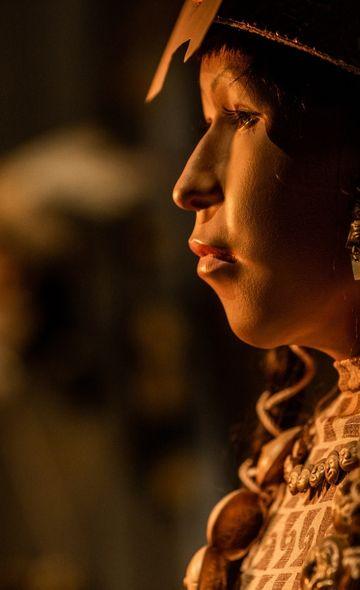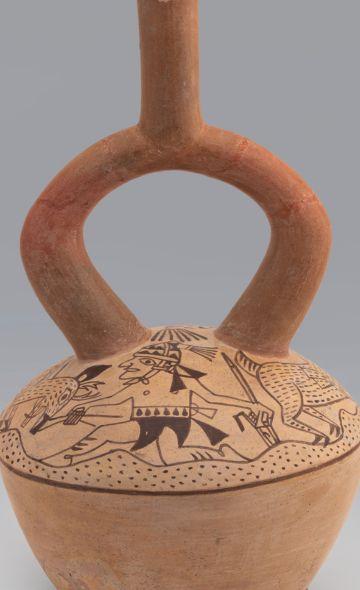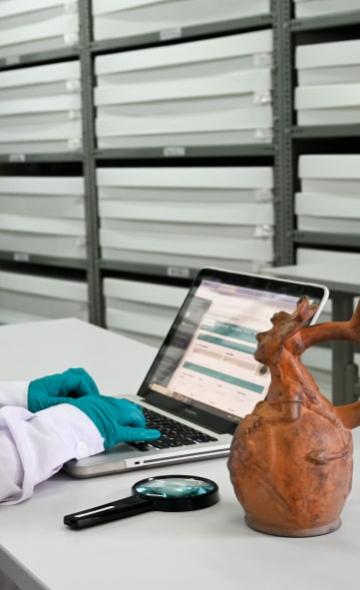- Visitors
- Researchers
- Students
- Community
- Information for the tourist
- Hours and fees
- How to get?
- Visitor Regulations
- Virtual tours
- Classic route
- Mystical route
- Specialized route
- Site museum
- Know the town
- Cultural Spaces
- Cao Museum
- Huaca Cao Viejo
- Huaca Prieta
- Huaca Cortada
- Ceremonial Well
- Walls
- Play at home
- Puzzle
- Trivia
- Memorize
- Crosswords
- Alphabet soup
- Crafts
- Pac-Man Moche
- Workshops and Inventory
- Micro-workshops
- Collections inventory
- News
- Researchers
- Cataloguing the Collections of El Brujo: The Photographic Documentation of Worked Botanical Materials
News
CategoriesSelect the category you want to see:
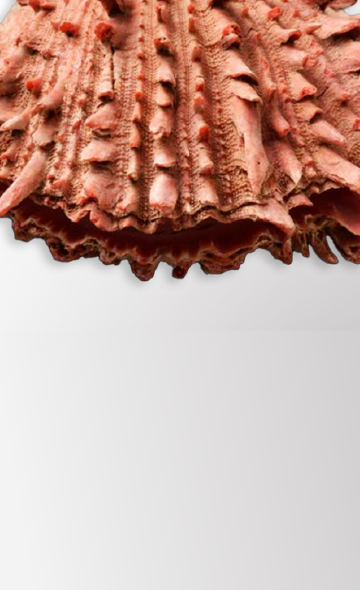
The Use of Spondylus Shells in Moche Ceremonial Contexts: Why Were They Symbols of Status and Wealth? ...
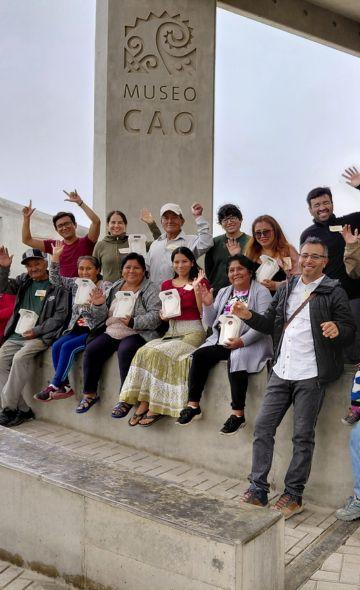
El Brujo Celebrated International Museum Day with Its Community: A Day of Encounter and Cultural Co-Creation ...
To receive new news.
By: Tomas Solorzano Cervan
Background
Within the framework of the “Comprehensive Cataloguing Project of Museum Objects of the El Brujo Archaeological Complex”, the result of cooperation between the Swiss Federal Office of Culture and the Augusto N. Wiese Foundation, the importance of sharing our technical processes and facilitating access to heritage information is emphasized.
In a previous publication (Oliva, 2025), we presented the general processes of the project, with special attention to the documentation of the physical characteristics of cultural assets, focusing on archaeological ceramics. On this occasion, we explain the importance of proper photographic documentation in archaeological cataloguing, with emphasis on the line of evidence of “Worked Botanical Materials”, which comprises approximately 1177 pieces out of a total of 4256 archaeological objects.
Cataloguing at El Brujo, through digital-photographic documentation, not only ensures the visual preservation of the pieces but also reveals details about their manufacture, use and repair. These records contribute to a better understanding of the objects in their archaeological context, encourage future multidisciplinary research, and aim to serve as a valuable tool for the benefit of the local, national and international community.
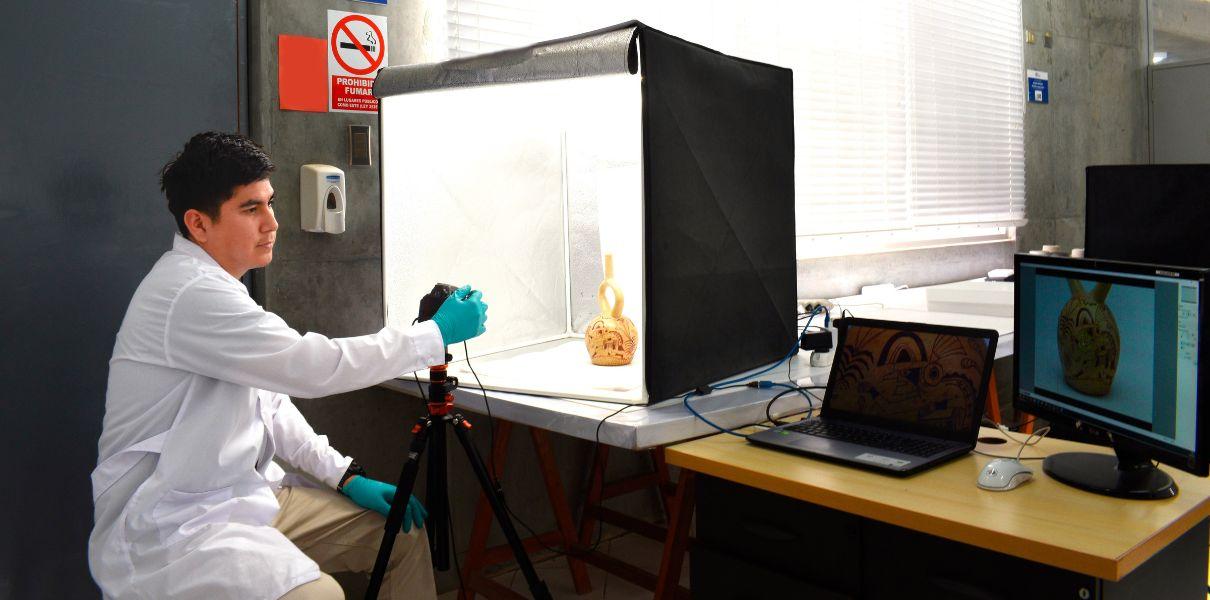
Figure 1. Archaeologist Tomás Solórzano photographing a ceramic bottle.
What Do We Mean by Worked Botanical Materials?
In archaeology, botanical remains, both macroscopic (seeds, wood, fruits, etc.) and microscopic (pollen), are materials deposited through human activity, whether modified or in their natural state. This evidence is crucial for archaeobotany and biological disciplines, as it enables the identification and analysis of their management, transformation, consumption and distribution over time.
Archaeological materials classified as “Worked Botanical Materials” are of plant origin but they are distinguished from “botanical remains” by their condition as artifacts. They exhibit signs of modification (manufacture, maintenance, use and wear), reflecting transformation processes carried out by past societies (Risch, 2002, p. 28).
Worked Botanical Materials include a wide variety of eighteen types of plant-based objects, among which stand out containers such as gourds (mates), atlatls, awls, ear ornaments and spindles. Their remarkable quantity and diversity reflect their importance for the different human groups that inhabited El Brujo, as well as their ability to transform and make use of the region’s botanical resources.
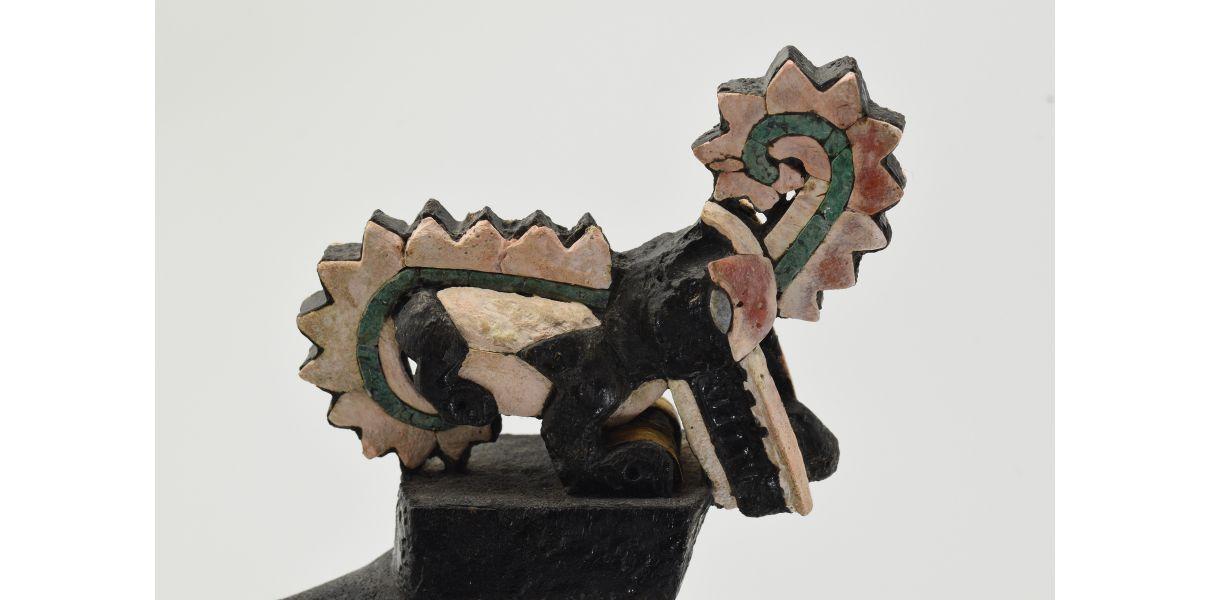
Figure 2. Atlatl handle with representation of the “lunar animal,” carved in wood with Spondylus inlays (EBBBT00000-10).
For this reason, the cataloguing of these objects, and particularly their photographic documentation, is essential for preserving the information and data they can provide. Due to the perishable nature of this evidence, there is a constant risk that its specific characteristics may deteriorate over time, making its detailed documentation indispensable.
The Photographic Documentation Process
Photography is the result of capturing images through the action of light, whether by electronic methods or light-sensitive media. This technical process requires basic equipment, moderately standardized procedures (Augusto N. Wiese Foundation, 2025), and basic regulations applicable to cultural assets (Ministry of Culture, 2016) that ensure the standardization of general parameters while taking into account the particularities of different lines of evidence as well as the details of production traces.
The basic equipment for this task includes:
• Semi-professional digital camera with interchangeable lenses.
• Lenses of various formats: 18–55 mm (for large and medium-sized pieces), 50 mm (for medium-sized pieces), and 85 mm (for small pieces or details).
• CLP filters (to control unwanted reflections).
• Software for remote camera control (for example, Nikon Camera Control Pro).
• Light boxes for photography.
• Light panels for photography.
• Camera tripod.
Having this equipment makes it possible to optimize shots in order to capture the greatest amount of information possible. However, quality does not depend solely on technology; it is essential to have trained personnel skilled in mastering the photographic exposure triangle (Figure 3), which includes aperture, shutter speed and ISO sensitivity, factors that are critical for precise light control and achieving optimal photographs.
Within the framework of the project, technical configuration begins by setting the camera to manual mode, establishing a fixed ISO sensitivity of 100 to eliminate digital noise. Aperture settings vary according to the morphology and volume of the objects, generally ranging between f/8 and f/16. Since both the camera and lens remain static, shutter speed can be adjusted within a wide range, depending on characteristics such as the object’s color, brightness and background.
Before defining this third parameter, the proportion of the object in relation to the photographic space is assessed, LED lights are adjusted, and the white balance is reviewed to ensure fidelity in the reproduction of the object’s colors. Once these elements have been optimized, shutter speed is determined and precise focusing on the piece is carried out.
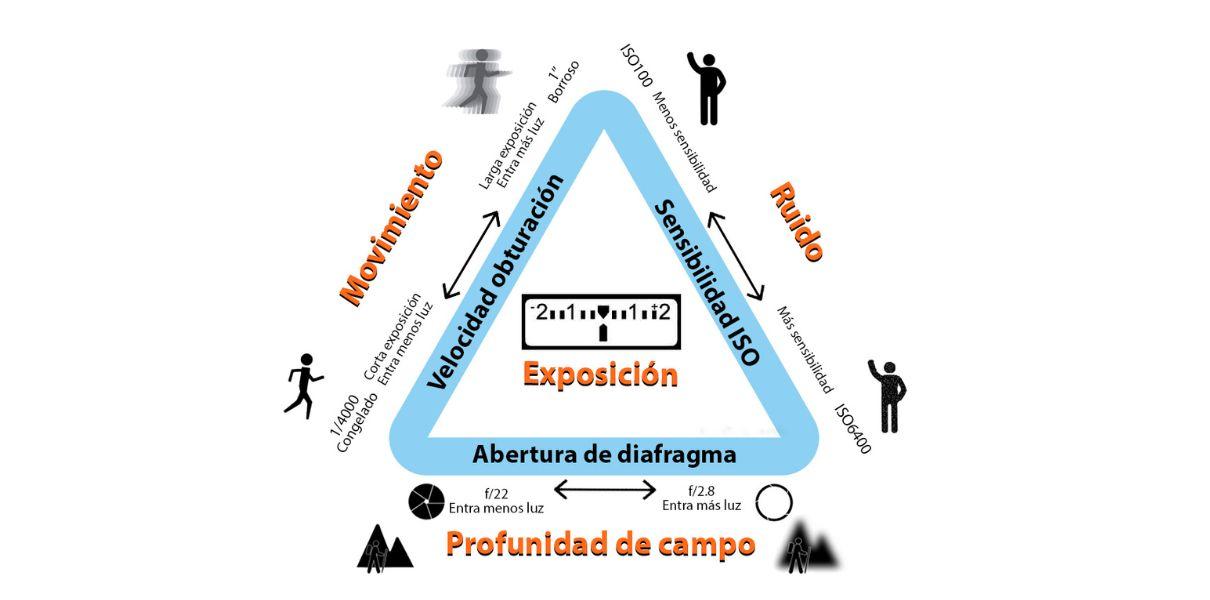
Figure 3. Photographic exposure triangle (Image: KARLOS MS PHOTOGRAPHY).
The views used for the digital documentation of cultural assets may include up to eight (frontal, posterior, right lateral, left lateral, perspective, top, bottom, and detail). However, in the specific case of Worked Botanical Materials, this number is adjusted according to the proportions, dimensions and state of preservation of each piece, since their volume and fragility limit certain arrangements and handling for specific views.
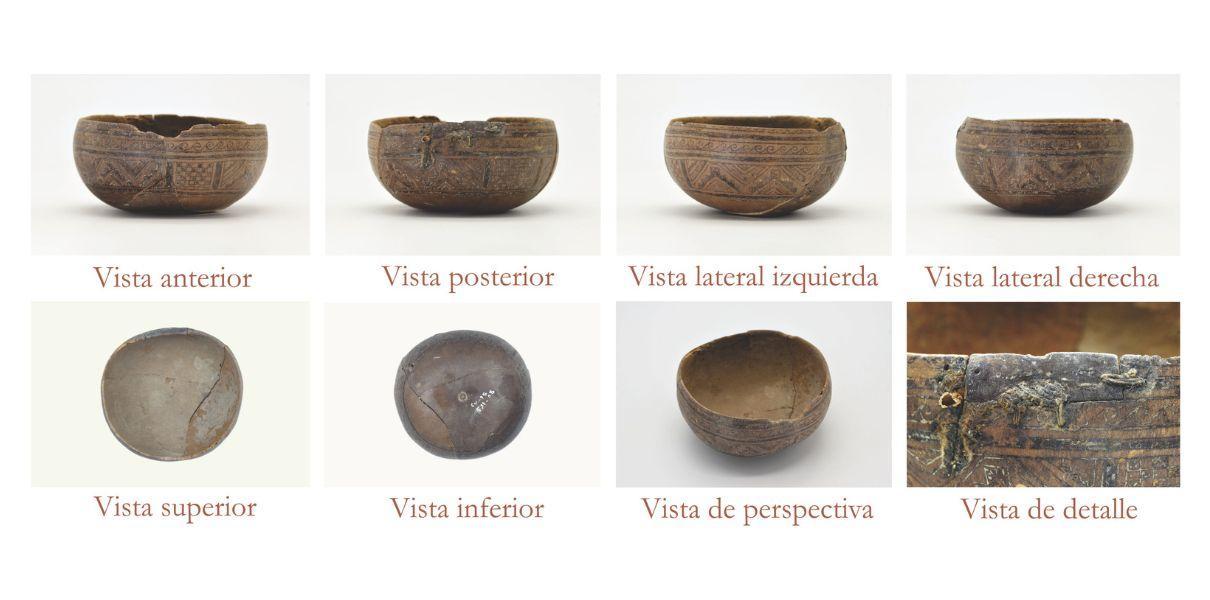
Figure 4. Photographic views of a gourd bowl with geometric pyroengraved designs (EBBBT00000-255).
The effort to establish a meticulous and standardized photographic recording of the pieces from El Brujo is based on a vision aimed at conveying, through images, the craftsmanship embodied in the objects with the purpose of contributing to the conservation, documentation and democratization of heritage information.
In Search of Details
The main objective of the photographic documentation of cultural assets is their identification; however, it also provides additional information on subtle characteristics that reflect the craftsmanship applied to the pieces. In this way, the search for and recording of details can differentiate one object within a larger group of items with similar features, while also highlighting traces related to their production. Some of these traces include:
• Manufacturing traces: These allow us to observe the work carried out on the surface of the piece. They may appear in a rough form, such as the chipping during the production of a wooden artifact, or in the cuts made on gourds (mates) for the production of containers.
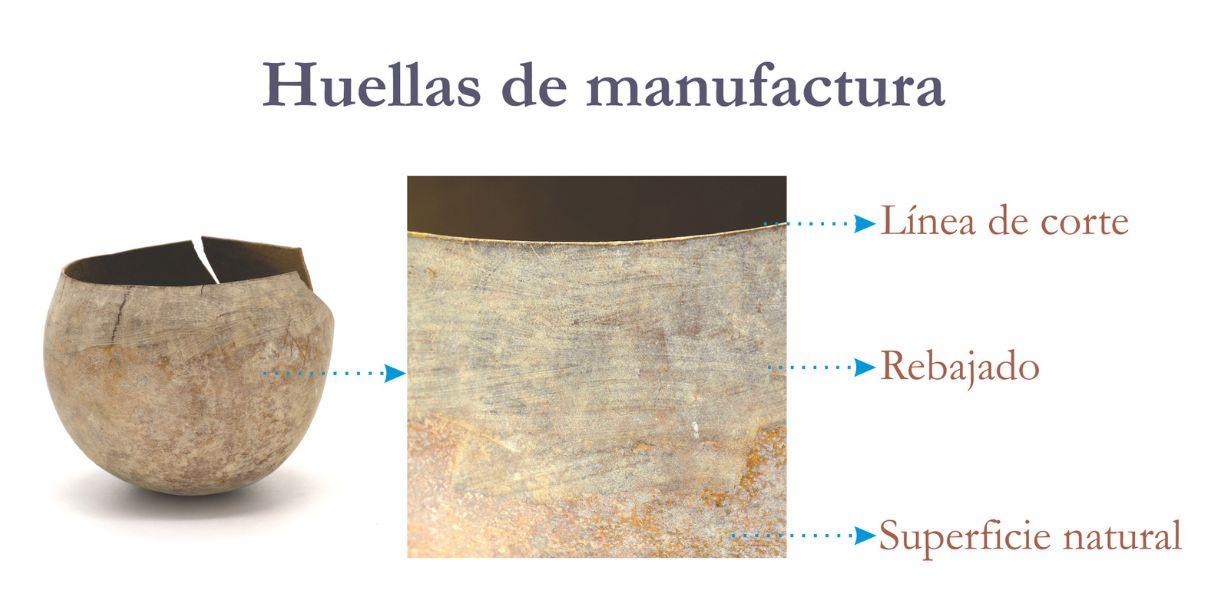
Figure 5. Traces of production on a Tutumo container (EBBBT00000-262).
• Maintenance traces: These are modifications that ensure the prolongation of the useful life of the piece. For example, in some gourd bowls, stitches can be observed that helped extend their use as containers for a longer period of time.
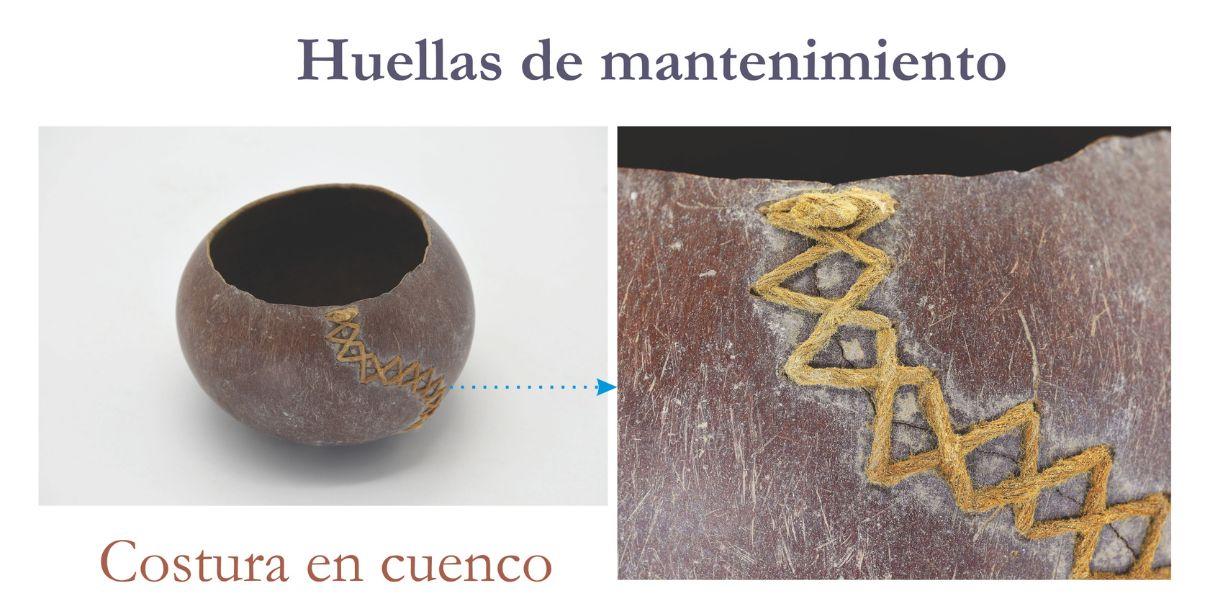
Figure 6. Traces of repair on a container (EBBBT00000-212) through stitching with cotton threads.
• Use and wear traces: These are marks or residues that allow us to infer the function of an object. Examples include residues found inside gourds or wear on the distal areas of digging sticks, among others.
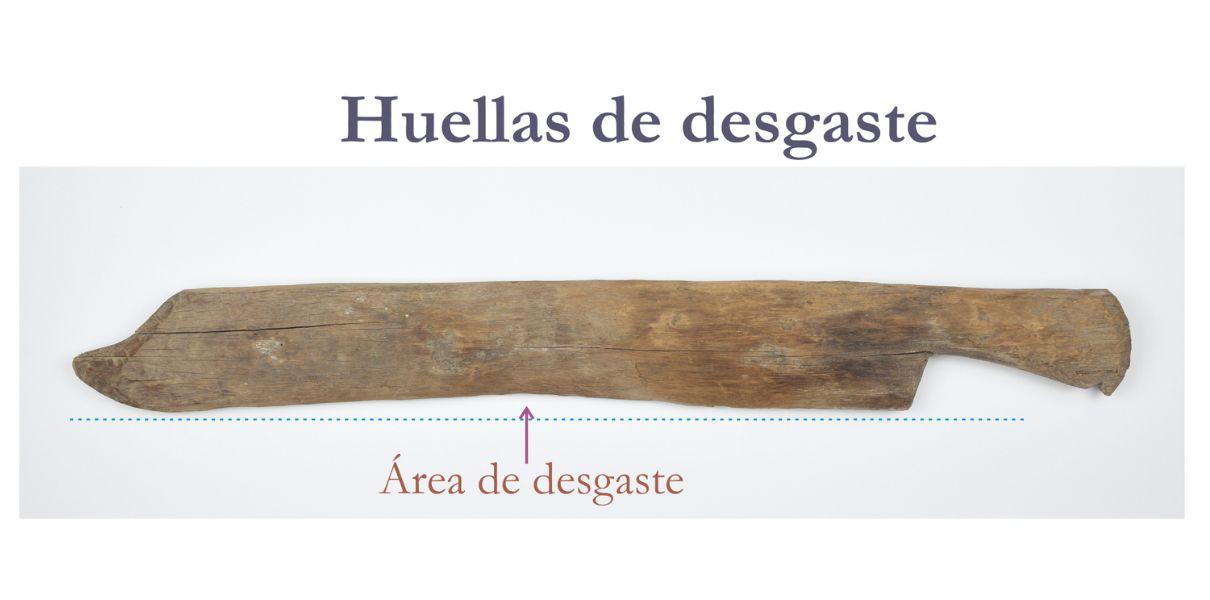
Figure 7. Wooden tool with a lower edge from the colonial sector. Note the deformation caused by wear (EBBBT00000-7).
This ability to manipulate and transform fragments of wood, gourds and other plant-based materials is evidence of the complex techniques and methods employed by pre-Columbian societies, details that often go unnoticed. For this reason, photographic documentation highlights the particularities of these artifacts, not only to document their uniqueness but also to foster future traceological research. Moreover, this visual record preserves information about the effort invested in their manufacture and the dynamics of use associated with them.
Photographic Documentation: A Key Tool for the Social Understanding of Cultural Assets
The archaeological cataloguing of Worked Botanical Materials, based on the photographic documentation of production traces, constitutes a strategy adopted by El Brujo to preserve and highlight the processes involved in the manufacture of archaeological pieces. Given the fragility of botanical materials, their visual documentation is essential. Moreover, by disseminating information on their manufacture, use, handling, wear and functions, both the public and researchers are encouraged to deepen their studies and to understand societies and individuals through their artifacts, rather than analyzing them in isolation.
At present, the 1177 Worked Botanical Materials from El Brujo, catalogued as archaeological assets, are available to everyone through its virtual catalogue. This initiative invites researchers, specialists, and the general public to explore, analyze, share and appreciate the invaluable heritage of our ancestors.
References
Fundación Augusto N. Wiese. (2025). Technical guidelines for the cataloguing of CAEB collections.
Ministry of Culture. (2016). Procedure Manual for the Computerized System of Registration of Movable Property Constituting the Cultural Heritage of the Nation
Oliva, L. (2025). Ceramic Cataloguing at El Brujo.
https://www.elbrujo.pe/blog/la-catalogacion-de-ceramica-en-el-brujo
Risch, R. (2002). Functional analysis and social production: Relationship between archaeological method and economic theory. In I. Clemente, R. Risch, & J. Gibaja (Eds.), Functional Analysis: Its Application to the Study of Prehistoric Societies (pp. 19–29). Oxford: BAR Publishing – British Archaeological Reports.
Researchers , outstanding news


